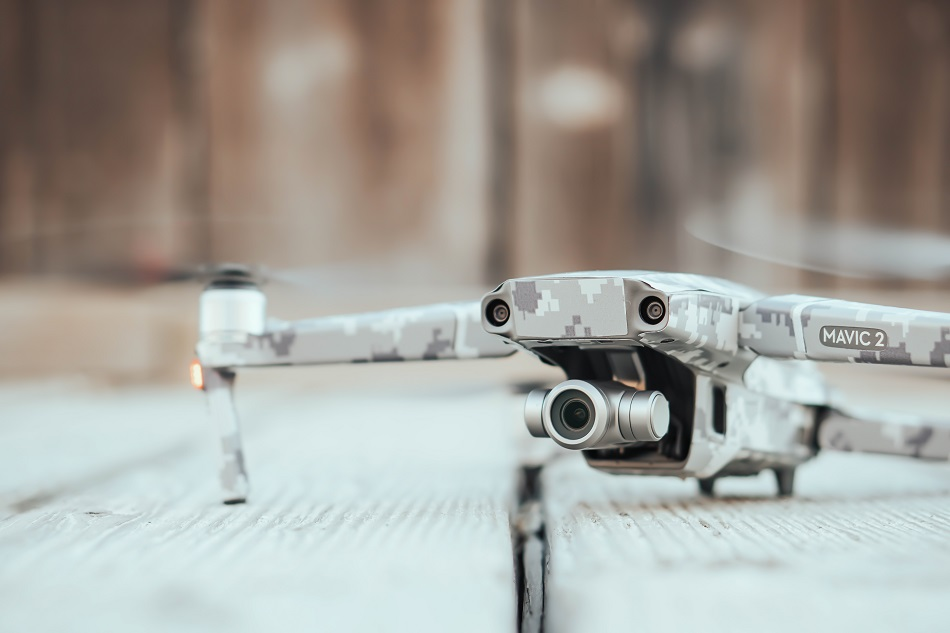Aug 17 2012

Image Credit: Nataly Gejdos/Shutterstock.com
The race to explore the most conventional techniques for robot structures is long and competitive. The majority of sophisticated robot structures currently being tested in research are designed and engineered by adapting characteristics of the human body into the machine.
The Beginning of Robotics in Contemporary Times
The interest in humanoid robotics was sparked through the creation of ASIMO in 2000. Developed in Japan, the humanoid robot was then the world’s most advanced machine that synchronized itself with humans and performed simple tasks such as pouring a drink into a cup or pushing a cart. Almost two decades ago, this was a large step towards exploring how society may one day integrate itself with automated technology. At present, robotic technology has become a keen interest in many fields, including education, healthcare, and industry. In fact, there have been reports all over the world of how the use of robotics has been monumental in ensuring accurate patient care and management.
The developments in ASIMO also led researchers to look at how other life forms (i.e., marine life) were structured and were useful in serving as bases for further robotic developments. It is known that certain marine animals such as the Cephalopod, a member of the molluscan class Cephalopoda (e.g., octopuses, cuttlefish, and squid), have colored pigments known as chromatophores that look absolutely startling when projected by these animals in the abyssal zone of the ocean. The key function of this colorful display is to camouflage the animal into the background. This served as an attraction to researchers aiming to engineer robots that carry the same characteristics.
Key Researches on Robotics
In 2012, researchers at Harvard University—led by Stephen Morin—have attracted a flurry of media attention when they designed a robot inspired by the camouflage capabilities of the cephalopod. The researchers explored the use of microfluidic networks to introduce changes in the color, contrast, and surface temperature of soft polymer robotic systems. The researchers found that a soft lithiography method can be applied to color the transparent structure to a soft robot. The soft robot functions the Harvard researchers developed functioned purely on five actuators and a valving system. The robot was able to navigate its way through difficult obstacles by adopting a crawling technique.
Pneumatic networks have also been incorporated into the design of camouflage robots. Pneumatic structures will affect the mechanical motion of a system upon applying pressurized gas. Designing a robot with a pneumatic network makes the system economical and simple to control. In particular, pneumatic networks encompass a group of chambers within a thin elastomer material. These small pockets react by expanding when exposed to pressurized gas. The two layers of elastomer that sandwich the pocket of gas will carry different levels of strain that forces the soft robot structure to bend.
The robot looks like a jellyfish, with each of the five pneumatic networks performing a movement as a result of pressurized gas being fed into these chambers via an external source. Flexible tubes have been used to deliver the gas from a valve to a hub on the robot. Recent developments to this system involve the incorporation of a network of microchip channels that will deliver dye into the silicon-based polymer robot body to help camouflage this structure into its environment.
One of the main advantages of building camouflage soft robots is so that these systems have the advantage of manipulation, maneuverability, and fabrication in contrast to some hard robots that would require large costs to produce. Researchers focused on building a camouflage system are continuously exploring how robots designed with this unique skill will be useful for carrying out basic functions in an open environment without causing a major distraction to the inhabitants. The implications of these robots in healthcare and surgery are also being tested.
Sources and Further Reading
- Morin, S.A., Shepherd, R.F., Kwok, A.S, et al. Camouflage and Display for Soft Machines. Science 2012;337:828–832.
- Shepherd, R.F., Ilievski, F., Choi, W., et al. Multigait soft robot. PNAS 2011;108(51):20400–20403.
This article was updated on 6th February, 2020.